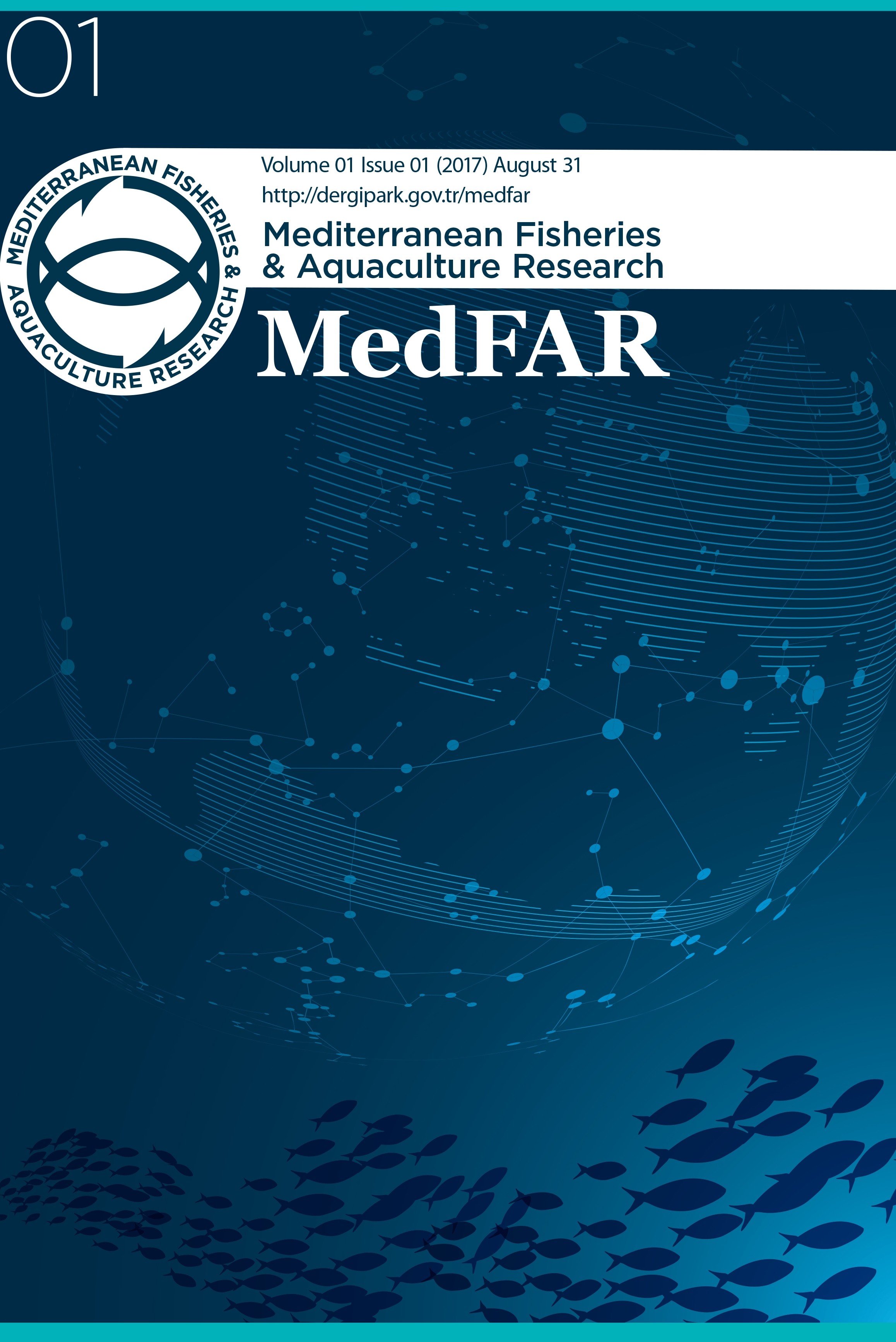TURUNÇ (Citrus aurantium, L.) YAPRAK, MEYVE KABUĞU VE SUYU UÇUCU YAĞLARININ KİMYASAL BİLEŞENLERİ, ANTİOKSİDAN VE ANTİBAKTERİYEL ETKİNLİKLERİ
TURUNÇ (Citrus aurantium, L.) YAPRAK, MEYVE KABUĞU VE SUYU UÇUCU YAĞLARININ KİMYASAL BİLEŞENLERİ, ANTİOKSİDAN VE ANTİBAKTERİYEL ETKİNLİKLERİ
Turunçgil yağları eski çağlardan beri aromatik, tıbbi ve kozmetik amaçlarla kullanılmaktadır. Mersin ilinde çokça bulunan turuncun (Citrus aurantium) uçucu yağlarının biyo-yaralılığının belirlenmesi amacıyla turunç meyveleri ve yaprakları Şubat-Nisan 2020’de toplanmıştır. Yaprak (YUY), meyve kabuğu (KUY) ve suyu (MSUY) uçucu yağları (UY) örneklerin Clevenger düzeneğinde hidrodistilasyona tabi tutulmasıyla elde edilmiştir. Örneklerin uçucu yağ bileşenleri GC-MS, antioksidan aktiviteleri DPPH yöntemleri ile belirlenmiştir. Antibakteriyel aktiviteleri ise disk difüzyon yöntemi, mikrodilüsyon yöntemine göre MİK (minimal inhibisyon konsantrasyonu) ve MBK (minimum bakterisidal konsantrasyon) testleri uygulanarak saptanmıştır. Antibakteriyel aktivite testleri iki Gram-negatif basil [Escherichia coli ve Yersinia ruckeri] ve Gram-pozitif kok [Enterococcus faecalis ve Staphylococcus aureus] üzerine turunç örneklerinin dört farklı dilüsyonu uygulanarak gerçekleştirilmiştir.
Araştırma bulgularına göre, toplam meyve miktarının %49,5'ini kabuk teşkil ederken, meyve kabuklarından %1,1, yapraklardan %1,1 ve meyve suyundan %0,4 oranında uçucu yağ elde edilmiştir. GC-MS analizi ile belirlenen 26 uçucu yağ bileşeninden limonen KUY (%93,55) ve MSUY’de (%70,67), linalool oksit (%49,01) ve linalil asetat (%20,84) da YUY’de en yüksek oranda tespit edilmiştir. Antioksidan aktivite MS’de %61,02, YUY’de %30,54, KUY’de ise %18,32 oranında bulunmuştur. Antibakteriyel aktivite ölçümlerine göre YUY’nin %10’luk seyreltisinin referans bakteriler üzerinde en yüksek inhibisyon etkisine sahip olduğu belirlenmiştir. Bu araştırma ile bölgemizde yetişen turuncun da diğer turunçgiller gibi biyo-yararlı bileşenlerinin olduğu ortaya konulmuştur.
Keywords:
Turunç, Citrus aurantium, hidrodistilasyon uçucu yağ bileşeni, antioksidan, antibakteriyel,
___
- Abdelatif, H.M. (2004) Insecticidal and antibacterial activity of citrus fruits’ peels and juices. Yayınlanmamış doktora tezi, Science University of Khartoum, Hartum.
- Adenaike, O., Abakp. G.O. (2021) Antioxidant compounds and health benefits of citrus fruits. European Journal of Nutrition and Food Safety 13(2): 65-74. https://doi.org/10.9734/EJNFS/2021/v13i230376
- Aljaafari, M.N., AlAli, A.O., Baqais, L., Alqubaisy, M., AlAli, M., Molouki, A., Ong-Abdullah, J., Abushelaibi, A., Lai, K.-S., Lim, S.E. (2021) An overview of the potential therapeutic applications of essential oils. Molecules 26: 628. https://doi.org/10.3390/molecules26030628
- Anandakumar, P., Kamaraj, S., Vanitha, M.K. (2020) D‐limonene: A multifunctional compound with potent therapeutic effects. Journal of Food Biochemistry 2020;00:e13566. https://doi.org/10.1111/jfbc.13566
- Azhadarzadeh, F., Hojjati, M. (2016) Chemical composition and antimicrobial activity of leaf, ripe and unripe peel of bitter orange (Citrus aurantium) essential oils. Nutrition and Food Sciences Research 3(1): 43-50.
- Baysal, A. 2005. Bitkisel kimyasallar ve antioksidanlar- Sağlık yönünden önemi. Beslenme ve Diyet Dergisi 32(1): 5-11.
- Bendaha, H., Bouchal, B., Mounsi, I.E., Salhi Amine, Berrabeh, M., Bellaoui, M.E., Mimouni, M. (2016) Chemical composition, antioxidant, antibacterial and antifungal activities of peel essential oils of Citrus aurantium grown in Eastern Morocco. Der Pharmacia Lettre 8(4): 239-245.
- Birinci Yıldırım, A., Türker, H. (2018) Antibacterial activity of some aromatic plant essential oils against fish pathogenic bacteria. Journal of Limnology and Freshwater Fisheries Research 4(2): 67-74.
- Bisht, B.S., Bankoti, H., Bharti, T.A. (2021) Review on therapeutic uses of terpenoids, Journal of Drug Delivery and Therapeutics 11(1-s): 182-185 http://dx.doi.org/10.22270/jddt.v11i1-s.4523
- Bourgou, S., Rahali F. Z., Ourghemmi I., Tounsi M. S. (2012) Changes of peel essential oil composition of four Tunisian Citrus during fruit maturation. The Scientific World Journal Vol. 2012, Article ID 528593, 10 pages. https://doi.org/10.1100/2012/528593
- Chavan, P., Singh, A.K., Kaur, G. (2018) Recent progress in the utilization of industrial waste and byproducts of citrus fruits: A review. Journal of Food Process Engineering 2018;41:e12895. https://doi.org/10.1111/jfpe.12895
- Ellouze, I., Abderrabba, M., Sabaou, N., Mathieu, F., Lebrihi, A., Bouajila, J. (2012) Season’s variation ımpact on Citrus aurantium leaves essential oil: chemical composition and biological activities. Journal of Food Science 77(9): T173-T180.
- EUCAST. (2019) EUCAST reading guide for broth microdilution. The European Committee on Antimicrobial Susceptibility Testing. Version 1.0. www.eucast.org/ast_of_bacteria/
- EUCAST. (2020a) AST of Bacteria. The European Committee on Antimicrobial Susceptibility Testing. www.eucast.org/ast_of_bacteria/
- EUCAST. (2020b) Calibration of zone diameter breakpoints to MIC values. European Committee on Microbial Susceptibility Testing. www.eucast.org/ast_of_bacteria/
- Farahmandfar, R., Tirgarian, B., Dehghan, B., Nemati. A. (2020) Comparison of different drying methods on bitter orange (Citrus aurantium L.) peel waste: changes in physical (density and color) and essential oil (yield, composition, antioxidant and antibacterial) properties of powders. Journal of Food Measurement and Characterization 14: 862–875.
- Frassinetti, S., Caltavuturo, L., Cini, M., Della Croce, C.M., Maserti, B.E. (2011) Antibacterial and antioxidant activity of essential oils from Citrus spp., Journal of Essential Oil Research 23(1): 27-31. https://doi.org/10.1080/10412905.2011.9700427.
- Gölükçü M., Toker R., Tokgöz H., Turgut Yıldız, D. (2015),. Farklı yöntemlerle elde edilen turunç (Citrus aurantium L.) kabuk yağlarının uçucu yağ bileşimleri. Derim, 32(2): 161-170.
- Güzel, M., Akpınar, Ö. (2017) Turunçgil Kabuklarının Biyoaktif Bileşenleri ve Antioksidan Aktivitelerinin Belirlenmesi. GÜFBED/GUSTIJ, 7(2): 153-167.
- Haraoui, N., Allem, R., Chaouche, T.M. and Belouazni, A. (2020) In‑vitro antioxidant and antimicrobial activities of some varieties citrus grown in Algeria. Oriental Pharmacy and Experimental Medicine 20: 23–34. https://doi.org/10.1007/s13596-019-00379-9
- Hosni, K., Zahed, N., Chrif, R., Abid, I., Medfei, W., Kallel, M., Brahim, N.B., Sebei, H. (2010) Composition of peel essential oils from four selected Tunisian citrus species: Evidence for the genotypic influence. Food Chemistry 123: 1098–1104.
- Hsieh, Y.S., Kwon, S., Lee, H.S., Seol, G.H. (2018) Linalyl acetate prevents hypertension-related ischemic injury. PLoS ONE 13(5): e0198082. DOİ: 10.1371/journal.pone.0198082
- Karoui, I.J., Marzouk, B. (2013) Characterization of bioactive compounds in Tunisian bitter orange (Citrus aurantium L.) peel and juice and determination of their antioxidant activities. Hindawi Publishing Corporation, BioMed Research International. Vol. 2013, Article ID 345415, 12 pages. https://doi.org/10.1155/2013/345415
- Kırbaşlar, F.G., Tavman, A., Dülger, B., Türker, G.( 2009) Antimicrobial activity of Turkish Citrus peel oils. Pakistan Jornal of Botanic 41(6): 3207-3212.
- Kırbaşlar, F.G., Dülger, B., Türker, G., Tavman, A. (2012) Antimicrobial activity of Turkish citrus leaf oils and compositions of Turkish orange and grapefruit leaf oils. Analytical Chemistry Letters 2(1): 71-79.
- Kirbaslar, G., Kirbaslar, S.İ. (2004) Composition of Turkish bitter orange and lemon leaf oils, Journal of Essential Oil Research 16(2): 105-108. DOİ: 10.1080/10412905.2004.9698663
- Başlangıç: 2018
- Yayıncı: Mersin Üniversitesi
